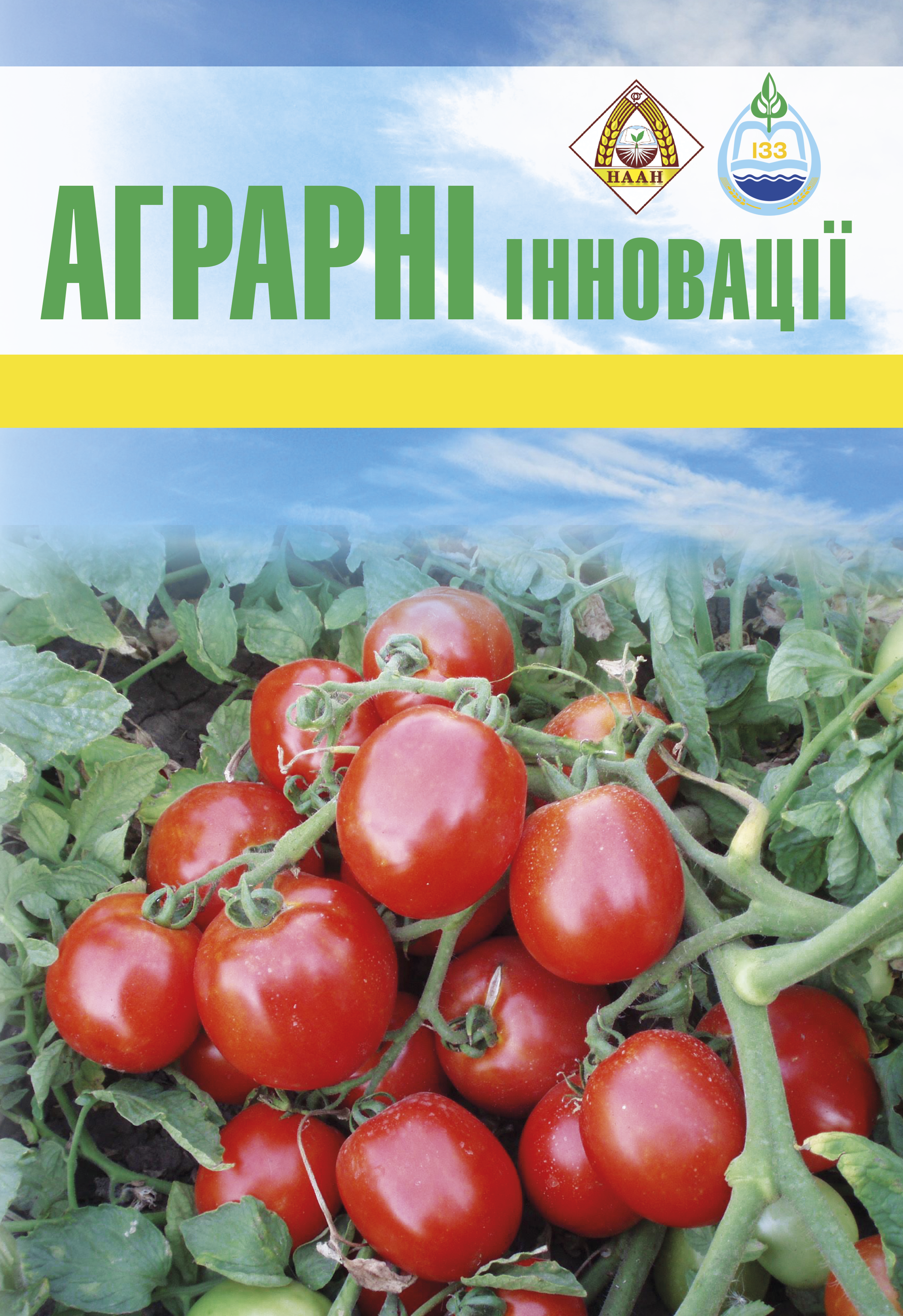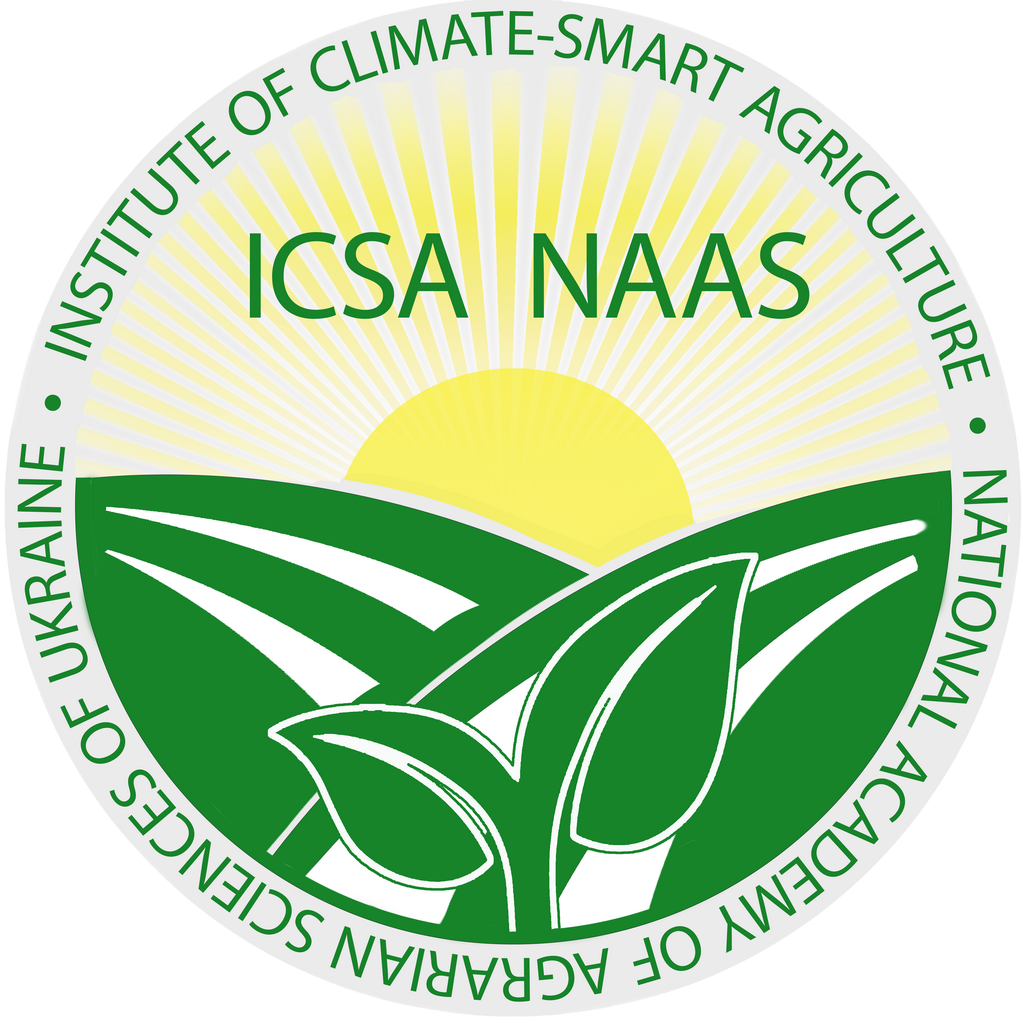Reproductive potential of Scots pine (Pine silvestris L.) of Finnish origin on a clonal plantation in Vinnytsia region
Abstract
The article describes the availability of permanent forest-hay base (PFB) of Scots pine in Ukraine and seed harvesting from them. The advantages of using reproductive material of improved selection category to increase the productivity and economic value of forest plantations are determined. Modern approaches to the creation and formation of clonal plantations are analysed, their impact on genetic diversity and sustainability of forest ecosystems is assessed. The peculiarities of reproductive processes on a clone plantation of Scots pine (Pinus silvestris L.) of Finnish origin are considered and the most stable clones with high reproductive capacity are identified. Objective. The aim of the study was to investigate the intensity of generative organs formation and to assess the state of reproductive functions of clonal plantations of Finnish pine and local population under climate change conditions in order to further use forest seeds of high breeding value in forestry practice. Methods. The methodology for assessing the formation of generative organs included: visual control of the presence and intensity of the formation of my-crostrobiles and macrostrobiles during the period of active flowering (April-June 2024). The intensity of cone formation was assessed according to the 5-point scale of A.A. Korchagin [3] from 1 to 5 points, where 1 is the minimum fruiting, 5 is the maximum number of generative organs per individual. The obtained results are summarised in the form of average scores of micro- and macrostrobil formation. Results. The results of the intensity of micro- and macrostrobil formation, as well as seed production of Scots pine on clonal plantations of Finnish origin in Vinnytsia region are presented. The intensity of reproductive organs formation in the context of clones was studied. The clones characterised by the most intensive seed production in Vinnytsia region were identified. The obtained results confirm the prospects of using clonal plantations of Scots pine in reforestation, which contributes to the increase of productivity, sustainability and adaptive potential of plantations. The necessity of further research in the field of clonal plantations to ensure the stability and efficiency of forestry is substantiated. Conclusions. Effective use of permanent forest seed base objects will allow to provide forestry enterprises with seeds of the highest selection category, which in the future will increase productivity, biological stability, economic value and genetic potential of forest plantations.
References
2. Блистів В.І., Юрків З.М., Нейко І.С., Матусяк М. В. Практичні аспекти удосконалення лісонасінного районування. Сільське господарство та лісівництво. № 21, 2021. С. 140-157.
3. Блистів В.І., Юрків З.М., Нейко І.С., Матусяк М. В. Сучасний стан та ефективність використання постійної лісонасіннєвої бази Вінниччини. Сільське господарство та лісівництво, № 4 (27), 2022. С. 183-199. DOI: 10.37128/2707-5826-2022-4-13
4. Дебринюк Ю.М., Калінін М.К., Гузь М.М., Шаблій І.В. Лісове насінництво. Львів: Світ, 1998. 425 с.
5. Дишко В., Ошако Т., Боровик П. Комплексне оцінювання потомств клонових насінних плантацій сосни звичайної за ростовими характеристиками та ознаками стійкості в умовах Лісостепу Харківської області. Лісівництво і агролісомеліорація. 2023. Вип. 143. С. 61-72. DOI: https://doi.org/10.33220/1026-3365.143.2023.61.
6. Кузнецова О.А., Туренко В.П., Товстуха О.В., Давиденко К.В. Поширеність хвороб і шкідників дерев роду Ulmus у лісових смугах уздовж автошляху Київ – Харків. Лісівництво і агролісомеліорація. 2023. Вип. 143. С. 102-111. DOI: https://doi.org/10.33220/1026-3365.143.2023.102.
7. Лазар О.Д. Особливості насіннєношення клонів сосни звичайної (Pinus sylvestris L.) на клоновонасіннєвих плантаціях у Рівненській обл. Агроекологічний журнал. 2021. № 3. С. 108-118.
8. Нейко І.С., Смашнюк Л.В., Єлісавенко Ю.А. Оцінювання стану та насіннєношення клонів сосни звичайної (Pinus silvestris L.) фінського походження в умовах Вінниччини. Науковий вісник НЛТУ. Вип. 23.18. Львів, 2013. С. 32-37.
9. Нейко І.С., Юрків З.М., Смашнюк Л.В., Богословська М.С., Єлісавенко Ю.А. Оцінювання впливу погодно-кліматичних чинників на стан і насіннєношення ялини європейської (Picea abies (L.) Karst.) фінського походження на клоновій плантації в умовах Вінниччини. Науковий вісник НЛТУ України. 2016. Вип. 26.8. С. 140-146.
10. Осадчук Л.С., Фучило Я.Д., Сбитна М.В., Шлончак Г.А. Селекційна оцінка плюсових дерев сосни звичайної та їх потомств за смолопродуктивністю. Наукові праці Лісівничої академії наук України. 2015. Вип. 13. С. 120-124.
11. Телекало Н.В., Матусяк М.В., Прокопчук В.М. Лісівничо-екологічні особливості лісовідновлення та лісорозведення в умовах Поділля: монографія. Вінниця: ТВОРИ, 2021. 184 с.
12. Ткачук В.І. Проблеми вирощування сосни звичайної на Правобережному Поліссі. Житомир: Вид. «Волинь», 2004. 464 с.
13. Bredemeier M. Anthropogenic Effects on Forest Ecosystems at Various Spatio-Temporal Scales. The Scientific World Journal. 2002. Vol. 2. P. 827-841.
14. Hagman M. Experiences with Norway spruce provenances in Finland. Silva Fennica. 1980. Vol. 14(1). P. 32-39. DOI: https://doi.org/10.14214/sf.a15002.
15. Hänninen H., Slaney M., Linder S. Dormancy release of Norway spruce under climatic warming: testing ecophysiological models of bud burst with a whole-tree chamber experiment. Tree Physiology. 2007. Vol. 27(2). P. 291-300. DOI: https://doi.org/10.1093/treephys/27.2.291.
16. Jansson G., Danusevičius D., Grotehusman H., Kowalczyk J., Krajmerova D., Skrøppa T., Wolf H. Norway Spruce (Picea abies (L.) H. Karst.). Managing Forest Ecosystems. 2013. Vol. 25. P. 123-176. DOI: https://doi.org/10.1007/978-94-007-6146-9_3.
17. Kohler M., Kunz J., Herrmann J., Hartmann P., Jansone L., Puhlmann H., von Wilpert K., Bauhus J. The Potential of Liming to Improve Drought Tolerance of Norway Spruce (Picea abies (L.) Karst.). Frontiers in Plant Science. 2019. Vol. 10. Article 382. DOI: https://doi.org/10.3389/fpls.2019.00382.
18. Leugner J., Jurásek A., Martincová J. Evaluation of the growth and health status of selected clone mixtures in comparison with ordinary planting stock. CAAS Agricultural Journals. 2010. Vol. 56(7). P. 314-322. DOI: https://doi.org/10.17221/92/2009-JFS.
19. Nota K, Klaminder J, Milesi P, Bindler R, Nobile A, van Steijn T, Bertilsson S, Svensson B, Hirota SK, Matsuo A, Gunnarsson U, Seppä H, Väliranta MM, Wohlfarth B, Suyama Y, Parducci L. Norway spruce postglacial recolonization of Fennoscandia. Nat Commun. 2022. 13(1). P. 1333. DOI: 10.1038/s41467-022-28976-4.
20. Prykhodko N.F., Parpan T.V., Prykhodko M.M. Radial increment in European spruce (Picea abies) as indicator of sanitary condition of spruce forests in the Ukrainian Carpathians. Biosystems Diversity. 2020. Vol. 28(2). P. 131–138. DOI: 10.15421/012018.
21. Radu R.G., Curtu L.A., Spârchez G., Şofletea N. Genetic diversity of Norway spruce [Picea abies (L.) Karst.] in Romanian Carpathians. Annals of Forest Research. 2014. Vol. 57(1). P. 19-29.






